What is galangal, and how does it differ from ginger? Galangal is a distinctive rhizome essential to Southeast Asian cuisine, offering a complex flavor profile that's simultaneously floral, citrusy, and peppery. Unlike its cousin ginger, galangal has a woody texture and more intense aroma that's crucial for authentic Thai curries, Indonesian rendangs, and Malaysian soups.
Table of Contents
- What is Galangal?
- Types of Galangal
- Flavor Profile of Galangal
- Culinary Uses of Galangal
- Health Benefits of Galangal
- Buying Guide for Galangal
- Top 5 Tips for Cooking with Galangal
- How to Grow Galangal at Home
- Conclusion
- Frequently Asked Questions
What is Galangal?
Galangal (Alpinia galanga) is a rhizome with pale brown skin and fibrous flesh that's often confused with ginger but has distinct characteristics. Unlike ginger's fresh, zesty bite, galangal delivers a more complex flavor profile with citrusy, peppery notes and a subtle pine-like aroma. This essential ingredient plays a crucial role in Southeast Asian cuisines, particularly in Thai Tom Kha Gai soup and Indonesian rendang.
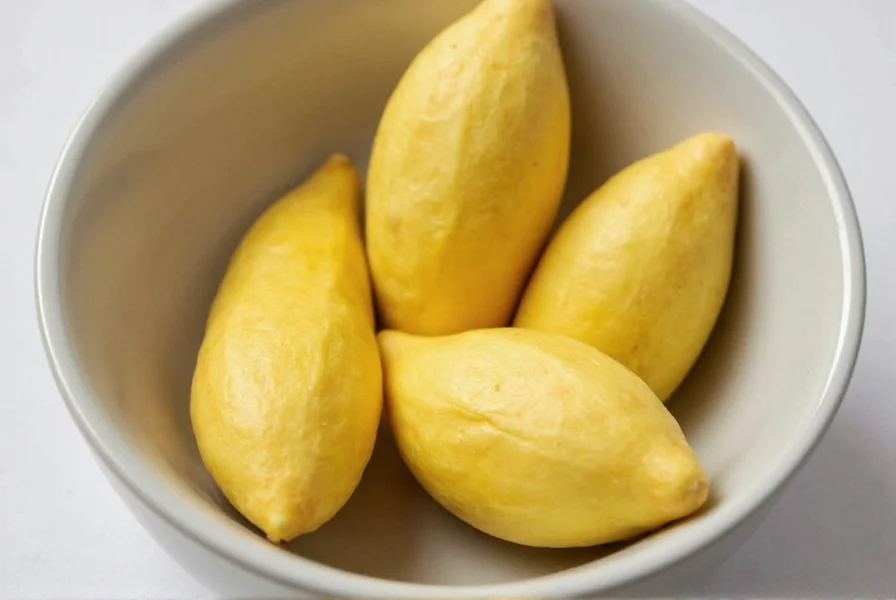
Types of Galangal
Understanding the difference between galangal varieties is crucial for authentic cooking. The two primary types used in culinary applications are:
- Greater Galangal (Alpinia galanga): Also known as "Thai ginger" or "Siamese ginger," this variety has a woody texture and pronounced peppery aroma essential for authentic Thai curries
- Lesser Galangal (Alpinia officinarum): Slightly smaller with smoother reddish skin, this type is more commonly used in traditional Chinese medicine and certain regional cuisines
| Type | Appearance | Flavor Profile | Best Culinary Applications |
|---|---|---|---|
| Greater Galangal | Brownish-white skin, firm woody texture | Pungent, citrusy, peppery with subtle floral notes | Thai curries (especially Tom Kha Gai), coconut-based soups, traditional Indonesian dishes |
| Lesser Galangal | Smooth reddish-brown skin, denser texture | Spicy, earthy, more bitter with pronounced medicinal notes | Traditional Chinese medicine preparations, certain regional stir-fries |
Flavor Profile of Galangal
Understanding galangal's unique flavor profile explains why it cannot be perfectly substituted with ginger. While raw ginger has a bright, citrusy heat, galangal offers:
- A distinctive pine-like aroma when raw
- Complex notes of citrus and black pepper when cooked
- Less sweetness than ginger, making it ideal for savory applications
- A warming quality that becomes more pronounced with cooking
When incorporated into dishes like Thai curries, galangal's flavor harmonizes beautifully with lemongrass, kaffir lime leaves, and coconut milk, creating the authentic base for many Southeast Asian specialties.
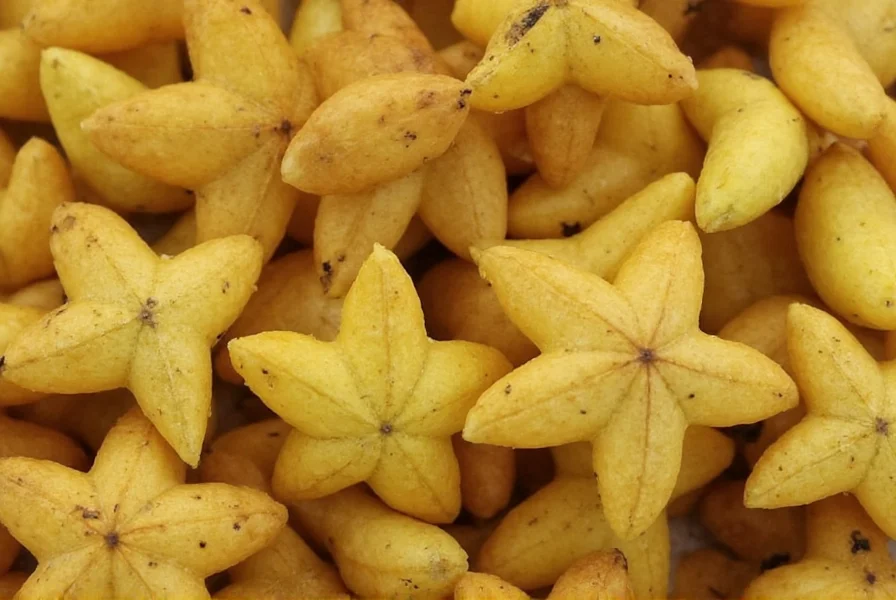
Culinary Uses of Galangal
Galangal's unique properties make it indispensable in specific culinary applications where ginger won't achieve the same results:
- Essential in Thai Tom Kha Gai soup where its peppery notes balance coconut milk's richness
- Traditional ingredient in Indonesian rendang for its distinctive flavor foundation
- Sliced paper-thin and added to curry pastes for authentic Southeast Asian dishes
- Bruised and added to broths and soups where it infuses flavor without becoming too fibrous
- Used in traditional medicinal preparations throughout Southeast Asia
Health Benefits of Galangal
Traditionally used in Southeast Asian medicine systems, galangal contains bioactive compounds with potential health benefits supported by preliminary research:
- Digestive Support: Traditional use for reducing bloating and indigestion; compounds may stimulate digestive enzymes
- Antimicrobial Properties: Contains compounds showing activity against certain harmful bacteria in laboratory studies
- Anti-Inflammatory Effects: Contains flavonoids that may help reduce inflammation, potentially benefiting joint health
- Antioxidant Content: Rich in polyphenols that help combat oxidative stress
While promising, more human clinical trials are needed to confirm these effects. Always consult with healthcare providers for medical concerns.
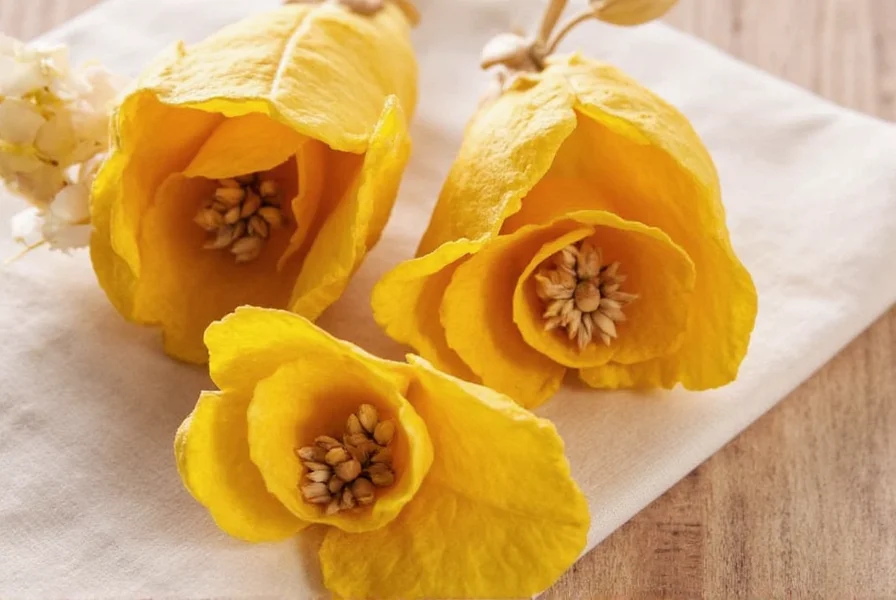
Buying Guide for Galangal
Navigating galangal options requires understanding the differences between fresh, dried, and powdered forms:
Fresh Galangal
Where to Find: Asian grocery stores (especially Thai, Indonesian, or Malaysian markets), some farmers markets, specialty produce sections
Selection Tips: Choose firm roots with smooth skin; avoid soft spots or mold
Substitution Note: Not equivalent to ginger - use only when specifically called for in authentic recipes
Dried Galangal Slices
Best For: Slow-cooked dishes where they can rehydrate; traditional medicinal preparations
Reconstitution: Soak in warm water for 20-30 minutes before using in soups or broths
Quality Check: Look for uniform slices with vibrant color, not overly brittle
Galangal Powder
Use Sparingly: Much more concentrated than fresh; start with 1/4 teaspoon as substitute for 1 inch fresh
Ideal Applications: Dry rubs, spice blends, or when fresh isn't available
Storage: Keep in airtight container away from light and moisture
| Form | When to Use | Storage Duration | Storage Method |
|---|---|---|---|
| Fresh Galangal | Authentic Thai/Indonesian curries, soups | 2-3 weeks | Wrapped in plastic in refrigerator crisper drawer |
| Dried Slices | Slow-cooked dishes, traditional medicinal teas | 6-12 months | Airtight container in cool, dark place |
| Powder | Spice blends, dry rubs, emergency substitution | 1 year | Sealed glass jar away from heat and light |
Top 5 Tips for Cooking with Galangal
- Don't Substitute Ginger Blindly: Galangal provides unique flavor notes essential for authentic Southeast Asian dishes; using ginger instead creates a different flavor profile
- Prepare Properly for Maximum Flavor: Slice paper-thin (use a mandoline for best results) or bruise with the back of a knife to release flavor compounds
- Add Early in Cooking Process: Unlike ginger, galangal's flavor develops slowly, so add it at the beginning of cooking for soups and curries
- Use the Right Cutting Technique: Never attempt to grate galangal - its fibrous nature makes this impossible; slicing thin is the only practical preparation method
- Pair With Complementary Ingredients: Works exceptionally well with lemongrass, kaffir lime leaves, coconut milk, and Thai basil for authentic flavor profiles

How to Grow Galangal at Home
For those interested in cultivating their own supply, galangal can be grown successfully with proper conditions:
- Source Quality Rhizomes: Purchase fresh, plump rhizomes from specialty growers or Asian markets (look for firm texture with no soft spots)
- Planting Conditions: Plant in loose, rich soil with excellent drainage; prefers partial shade in hot climates, more sun in cooler zones
- Climate Requirements: Thrives in USDA zones 8-11; requires consistent warmth (70-90°F) and high humidity
- Watering Schedule: Keep soil consistently moist but not waterlogged; reduce watering in cooler months
- Harvest Timing: Can be harvested after 8-10 months; dig carefully around plants to remove portions without killing the plant
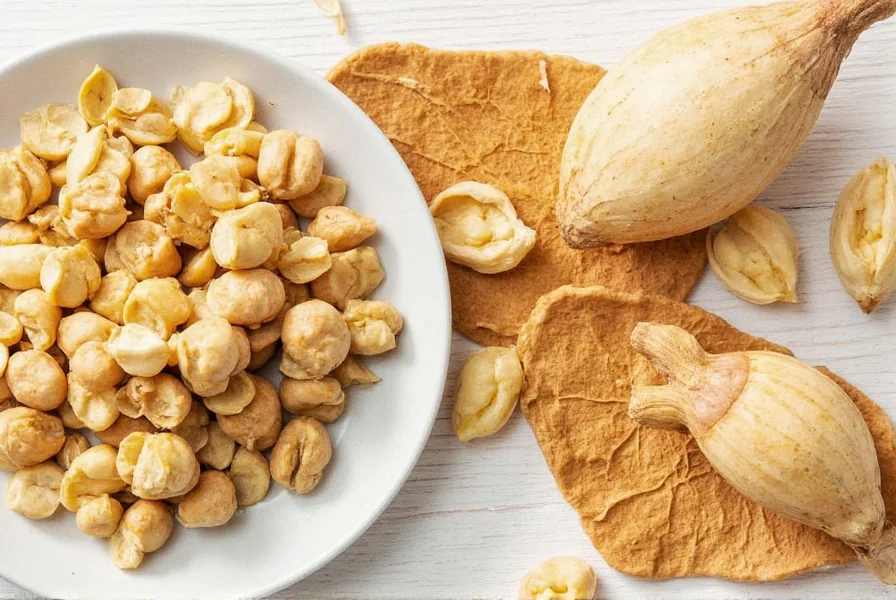
Conclusion
Understanding what galangal is and how it differs from ginger is essential for authentic Southeast Asian cooking. This distinctive rhizome offers a complex flavor profile that cannot be replicated with ginger substitutions. When properly selected and prepared, galangal elevates dishes with its unique citrusy, peppery notes that form the foundation of many beloved Thai and Indonesian specialties.
Whether you're shopping for fresh galangal at an Asian market, using dried slices as a substitute, or growing your own plant, respecting this ingredient's unique properties will transform your culinary creations. Start with authentic recipes calling specifically for galangal to experience how it creates flavors ginger simply cannot replicate.
Frequently Asked Questions About Galangal
What is galangal and how is it different from ginger?
Galangal (Alpinia galanga) is a rhizome closely related to ginger but with distinct differences. While ginger has a fresh, zesty bite with citrus notes, galangal offers a more complex flavor profile that's simultaneously floral, citrusy, and peppery with a distinctive pine-like aroma. Galangal has a harder, woodier texture than ginger and is less sweet. These differences make galangal essential for authentic Southeast Asian dishes where ginger cannot provide the same flavor profile.
Can I substitute ginger for galangal in recipes?
While ginger and galangal are related, they are not perfect substitutes. Ginger is sweeter and more citrus-forward, while galangal is more peppery and complex. In a pinch for non-critical dishes, you can use a combination of ginger and a pinch of black pepper, but for authentic Thai or Indonesian recipes, substituting ginger will significantly alter the intended flavor profile. Some traditional dishes simply won't taste correct without genuine galangal.
Where can I buy galangal and how should I store it?
Fresh galangal is most commonly found in Asian grocery stores, particularly those specializing in Thai, Indonesian, or Malaysian products. Larger supermarkets with extensive international sections may also carry it. When selecting fresh galangal, look for firm roots with smooth skin. Store fresh galangal wrapped in plastic in the refrigerator's crisper drawer for 2-3 weeks. Dried slices should be kept in an airtight container in a cool, dark place for 6-12 months, while powder lasts about 1 year when properly stored.
How do I prepare galangal for cooking?
Unlike ginger, galangal is too fibrous to grate. For best results, slice it paper-thin using a sharp knife or mandoline slicer. In Thai cuisine, it's often bruised with the back of a knife to release more flavor before adding to dishes. For soups and curries, add thin slices early in the cooking process to allow flavors to develop fully. Never eat galangal raw as its tough, woody texture is unpleasant. When using dried galangal, soak slices in warm water for 20-30 minutes before use to rehydrate.
What are the main culinary uses for galangal?
Galangal is essential in many Southeast Asian dishes where its unique flavor cannot be replicated. Key culinary uses include Thai Tom Kha Gai (coconut soup), Indonesian rendang (beef stew), various Thai curries, Malaysian laksa, and traditional medicinal broths. It works particularly well with coconut milk, lemongrass, kaffir lime leaves, and fish sauce. The distinctive peppery notes of galangal provide the authentic flavor foundation that ginger cannot match in these traditional recipes.
What are the health benefits of galangal?
Traditionally used in Southeast Asian medicine, galangal contains compounds with potential health benefits. It may support digestive health, has shown antimicrobial properties in laboratory studies, and contains anti-inflammatory compounds that might help with joint discomfort. Rich in antioxidants like flavonoids and polyphenols, galangal may help combat oxidative stress. While promising, most research is preliminary, and more human clinical trials are needed. Always consult healthcare professionals for medical advice rather than relying solely on food-based remedies.

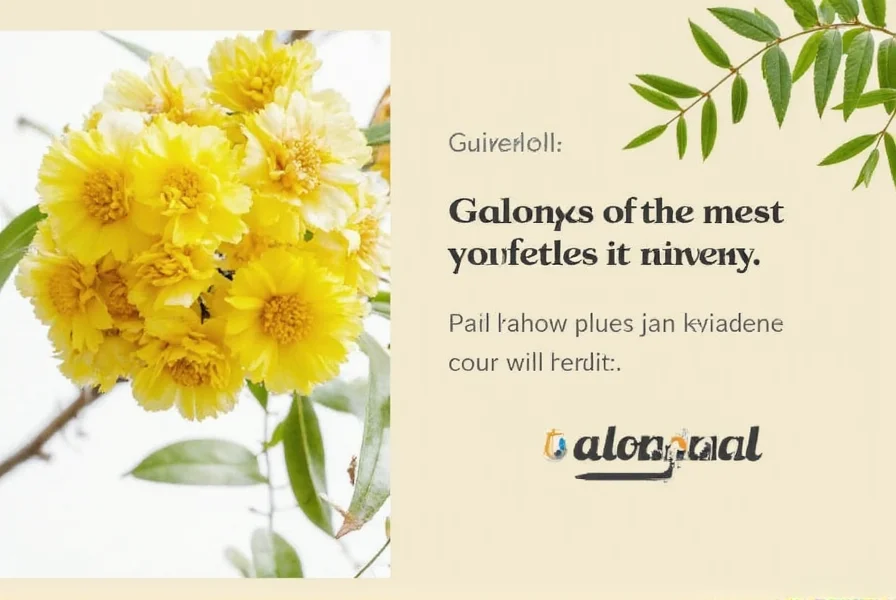









 浙公网安备
33010002000092号
浙公网安备
33010002000092号 浙B2-20120091-4
浙B2-20120091-4